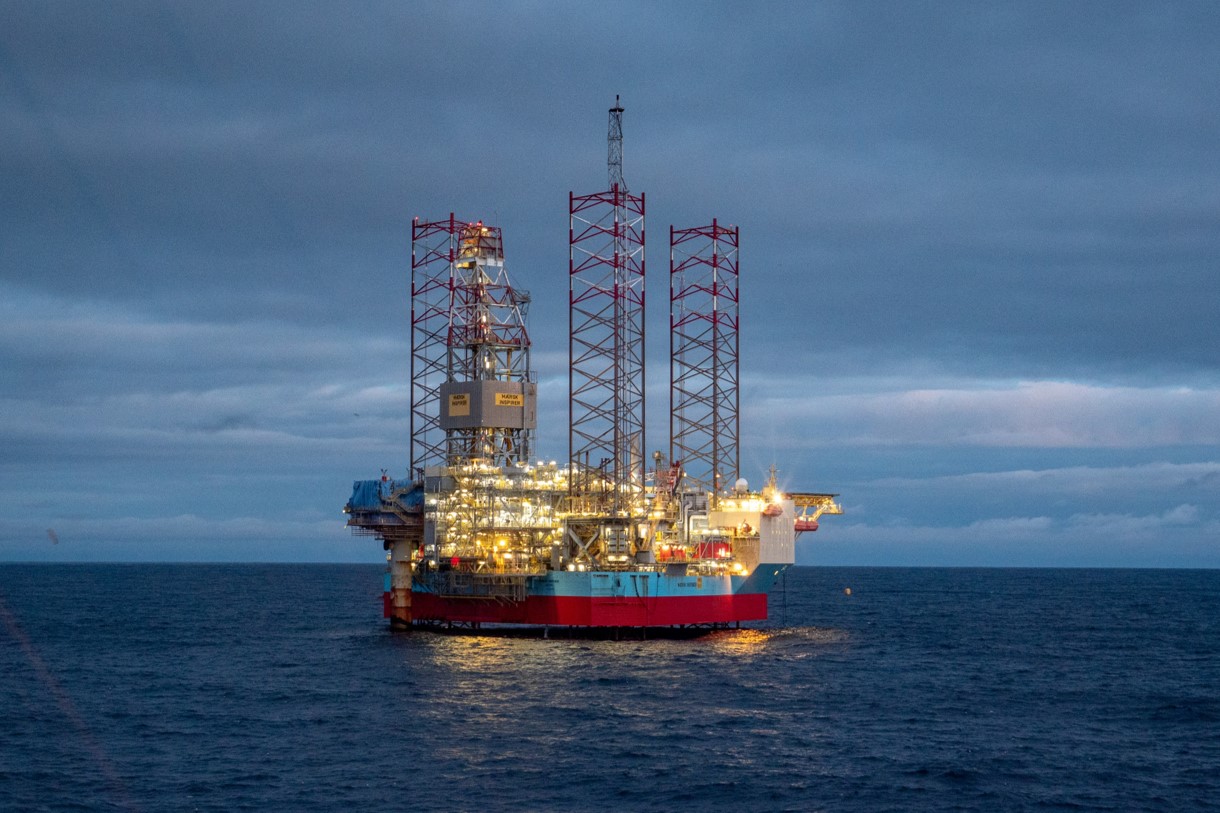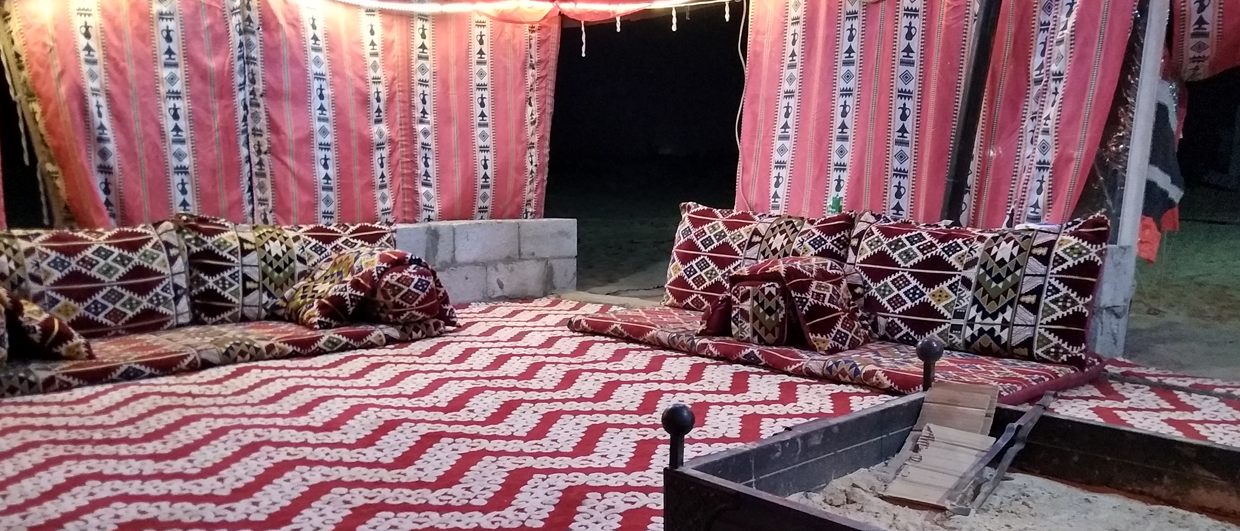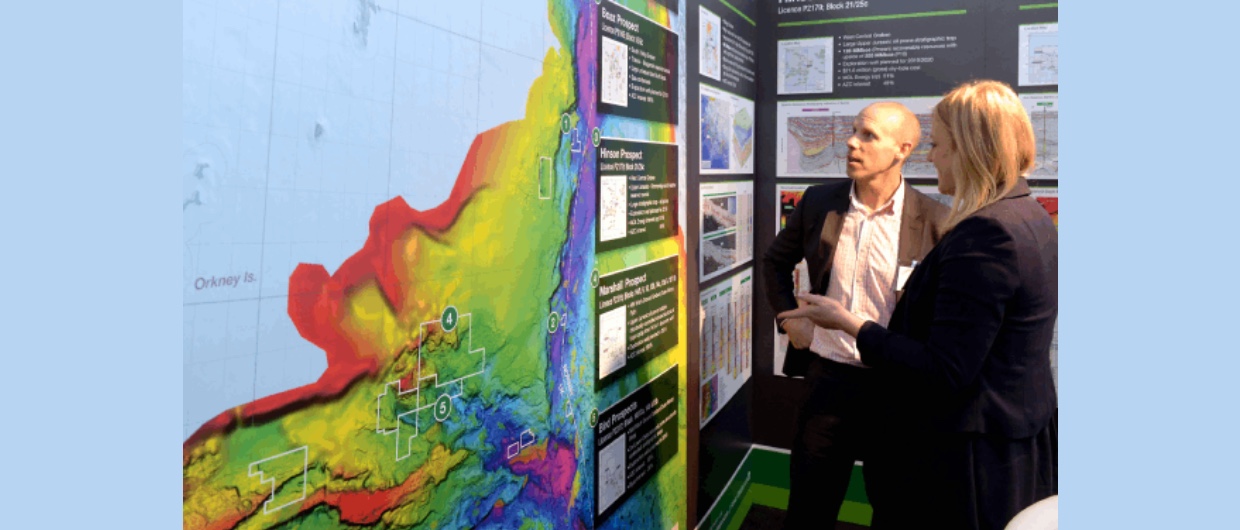Yme field field redevelopment start imminent
Operator Repsol this week announced the arrival of the upgraded Maersk Inspirer rig at the Yme field in the Norwegian North Sea. Yme is located in the Egersund Basin and produced oil from the Middle Jurassic Sandness Formation from two different structures (1996-2001). According to the authorities, around 72 MMboe are still to be produced from the field in which seven additional wells will be drilled in the years to come.
Yme is an isolated field in the Norwegian North Sea (see map below), as it is the only field that has been producing in the Egersund Basin. There are three nearby discoveries, also operated by Repsol, but these have not been developed yet.

Spirit Energy to remove two Irish Sea Morcambe Bay platforms
Operator Spirit Energy has secured Allseas’ Pioneering Spirit to remove two Morecambe Bay platforms later this year. The 12 wells connected to the platforms have already been plugged and abandoned over the past two years.
The Morecambe field, which still produces around 13,000 boe/day, is very much in it’s last phase of production, bearing in mind it produced almost 350,000 boe/day at its peak in 1996.
Canadian start-up aims to disrupt geothermal sector in the Netherlands
In an article published by a Dutch website on sustainable energy, a Canadian company is being introduced as a new player in the geothermal energy market. The company – Eavor – aims to drill not only the vertical holes for water injection and production, it also drills horizontal sections connecting the two wells. This is quite a change from conventional geothermal projects where a permeable formation ensures connectivity between the two wells. Connecting the producer and injector with a horizontal well means that the energy required to drive the circulation is much less than in a conventional system.
Even though the technique is up to 2.5 times as expensive as drilling a normal geothermal doublet, the company is confident that once more innovative steps have been realised, such as one drilling installation that can drill two wells at the same time, costs can be rapidly reduced. The company is already working on three locations in the Netherlands to conceptualise a plan.
Jilles van den Beukel, an expert on energy and subsurface matters, doubts whether the technique can be commercial in the Netherlands. He states that the geothermal gradient is too low – i.e. the lengths of horizontal section needed to produce a certain amount of energy are too high.
Have a good weekend,
HENK KOMBRINK




